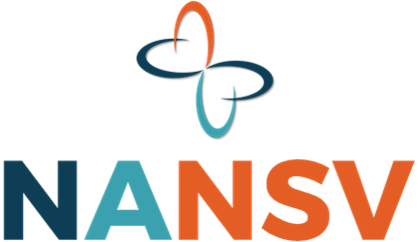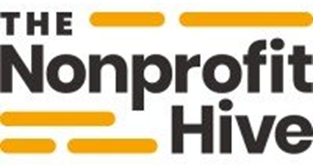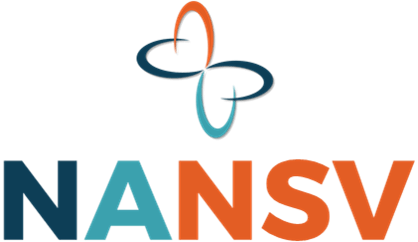Unlocking Your Market's Innermost Secrets
If you aren't listening to the market, you're not making the best decisions
Originally published Aug 19, 2017
These days, it’s all about the numbers. We’re inundated with statistics, whether it’s polling data on social issues, President Trump’s approval ratings, stock market trends, or our favorite baseball player’s batting average. Soon enough, someone will probably try to quantify the value of friendships or the actual degree, on a scale of one to ten, to which one person loves another. Our obsession is based partly on an innate need to know where things stand and, in many cases, it allows us to make decisions based on what the data tells us. There’s a competitive aspect to it too—we want to “prove” that what we’re offering, who we’re supporting, or even we ourselves are better than the “others.”
It’s surprising, then, how many businesses aren’t using data effectively to understand performance, model different actions, make informed choices, and measure the results. Many organizations aren’t even collecting data, let alone analyzing it in any meaningful way. It’s not because information isn’t available—it is, more now than ever before. Instead, the problem is that many business executives—especially small business owners—don’t know how to use data (if they’re even aware they should be using it). Naturally, since they don’t “get it,” they aren’t trying. This is a shame, because they’re missing out on a powerful set of tools that can drastically improve their outcomes.
Which businesses can benefit from using data? Well, pretty much every one of them. For example:
- Brick-and-mortar retailers can use information about what draws customers
into stores, their buying habits, the effectiveness of different incentives,
and many other things that can inform marketing strategies, store layouts,
product offerings, optimal hours, etc.—all of which can help minimize costs and
maximize profits.
- Similarly, on-line vendors can measure advertisement click-throughs, site visits, interactions, and conversion rates associated under different conditions, which also can be used to direct marketing approaches, product mix and placement, user experience, etc., with the end result of increased revenue generation.
- Restaurants can collect data on customer volume by day and time, what people are ordering, their level of satisfaction with the food and the dining experience, etc., which can help in refining menus, setting opening and closing times, and scheduling staff. Data-driven decisions optimize operational cost-effectiveness.
These are just a few examples. There are many more instances and ways in which data can help.
The point is, if you’re a business owner or executive and you’re not collecting relevant information, analyzing it, and using it to make decisions, you’re effectively “in the dark.” You’re making marketing decisions without knowing where to focus, what to say, and where to say it—so there’s a good chance you’re wasting money. You’re offering products and services without understanding what’s selling (and what’s not), when, and why—so you’re probably missing out on opportunities to improve sales and limit inventory, staffing, and operating costs. You’re choosing among different options without the benefit of evaluating ROI and choosing the optimal approach for your business.
If it seems hard, rest assured it’s not that bad. The data is everywhere, there for the taking. Information about customer behaviors can be easily obtained by setting up and utilizing simple tracking mechanisms, and you can find out about satisfaction, perceptions, needs, and preferences through surveys or focus groups. On-line metrics are ridiculously available, for example through Google Analytics, hosting providers, and other services that collect and provide multiple ways of “slicing and dicing” the numbers. Your market is trying to tell you its secrets, and it’s easy to listen—in this day and age especially, there are simply no excuses for not hearing what it has to say!
Learn More
Read Other Posts


















